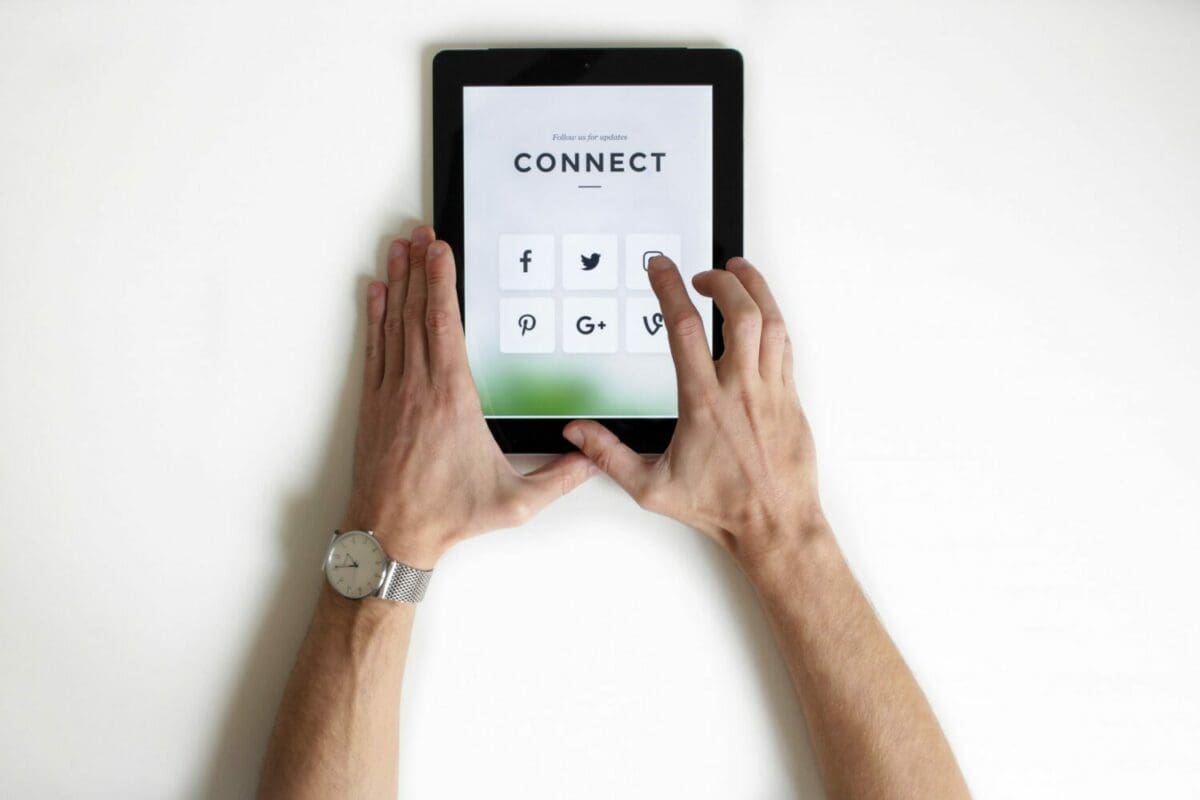
Oversocializing on Social Media
May 14, 2020 in Social Media Guide
In this time of isolation and being removed from many, if not all, of your loved ones and those close to you, social media has almost become a necessity in order to connect with them. In fact, you may have seen, or even given, advice on how important it is to reach out and connect with those virtually.
Maintaining some sort of social life is needed during quarantine for many reasons, especially when it comes to mental health and for those who are susceptible to having symptoms of mental illnesses like depression and anxiety. You may be separated from those who you see as a support system, or you might be living alone, where it can be easy to get stuck in your own head and thoughts if you’re not talking with others.

And while it’s necessary to keep up some kind of virtual social life, you actually might find yourself feeling pressured to constantly have one, to the point where you’re socializing and talking more with others more than you used to do face-to-face. This can be a good thing, where you’re finding yourself building stronger relationships with others, but it can also be exhausting and you might feel yourself getting burnt out. With all the advice suggesting to connect to others more, you may also feel pressured to reach out to everyone you know, and you may feel guilty if you don’t constantly reach out or aren’t as present in Zoom calls or FaceTime conversations.
So while social media is vital during this time, you shouldn’t feel like you should be pressured to constantly talk to people all the time. Take a step back and think about how much interaction you usually preferred before quarantine started. Are you an introvert who only needs to talk to a couple of close friends a day? Do you prefer texting over video calls? Think about your former socializing routine and how you can adjust that in a quarantine situation, without pressuring yourself to increase it to the point that you’re adding extra stress to your routine.
How often are you using social media to interact with others? Have you noticed a change in your social media habits and how often you’re talking to others?






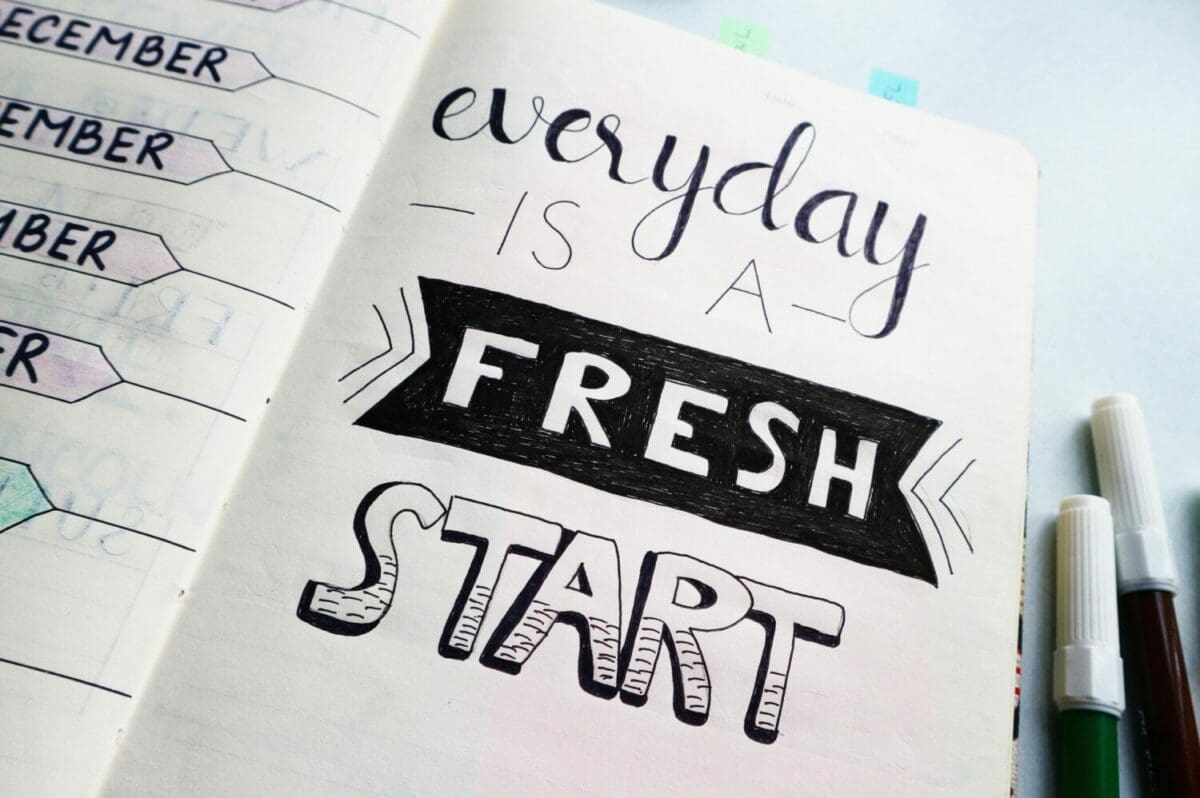
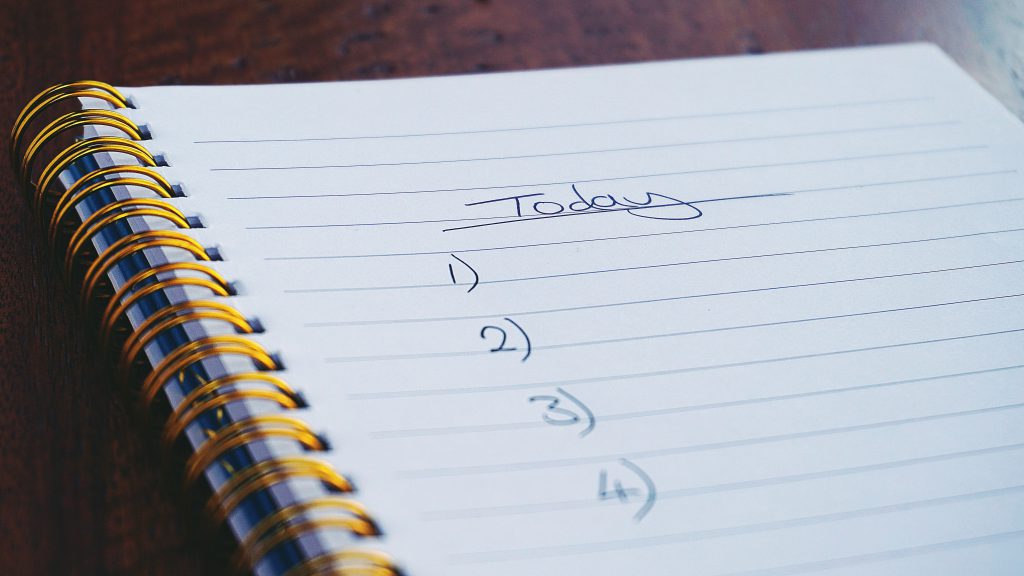
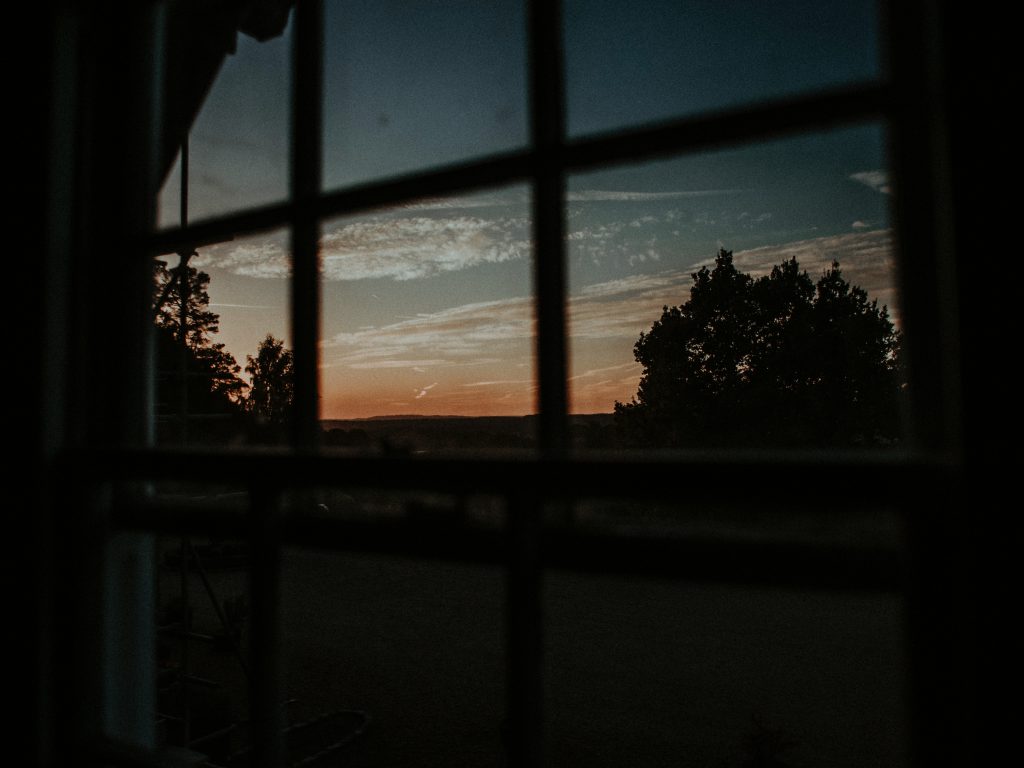
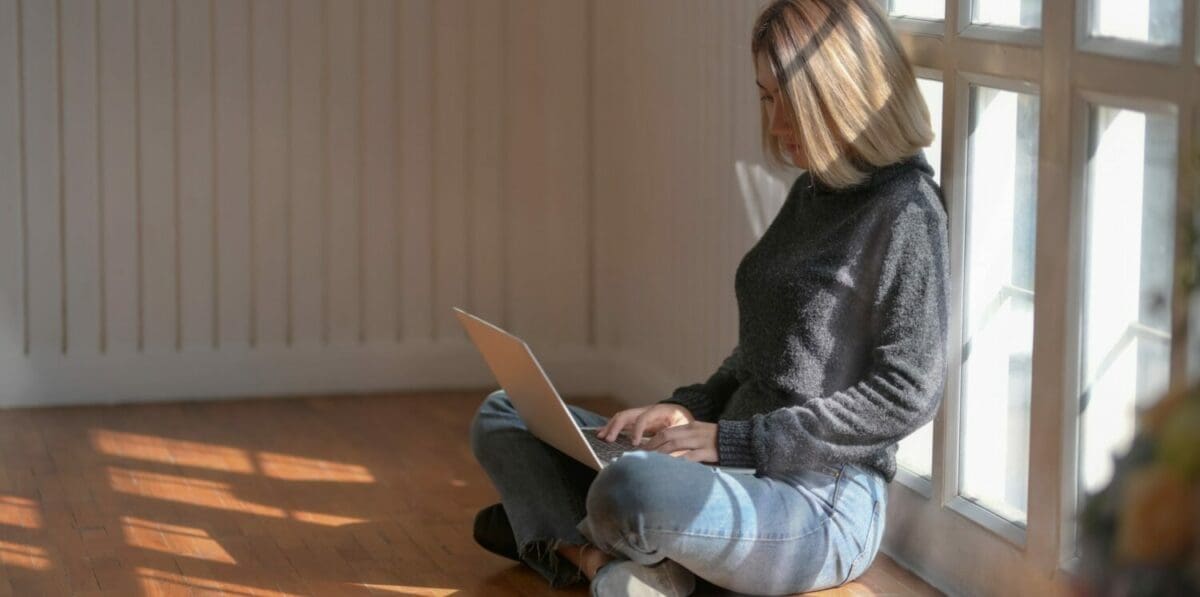
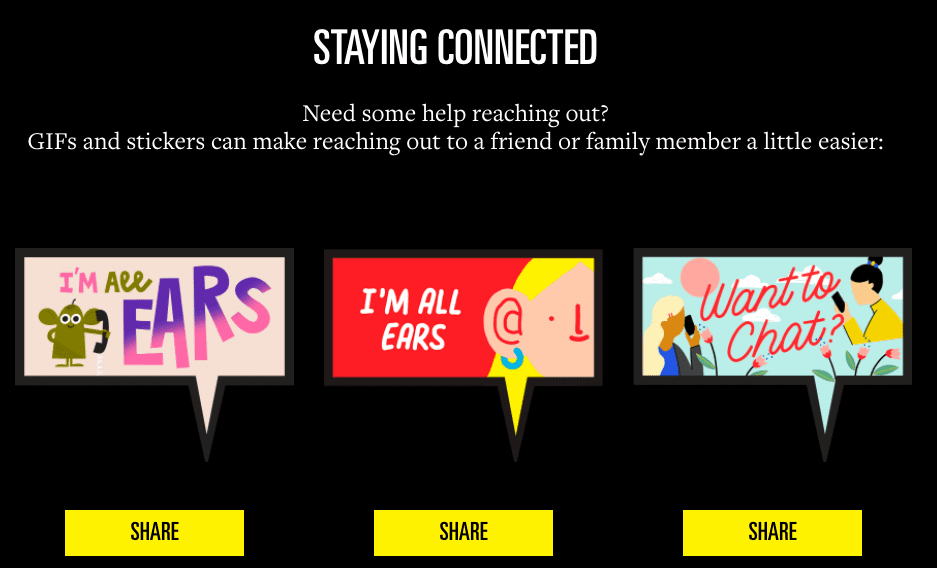
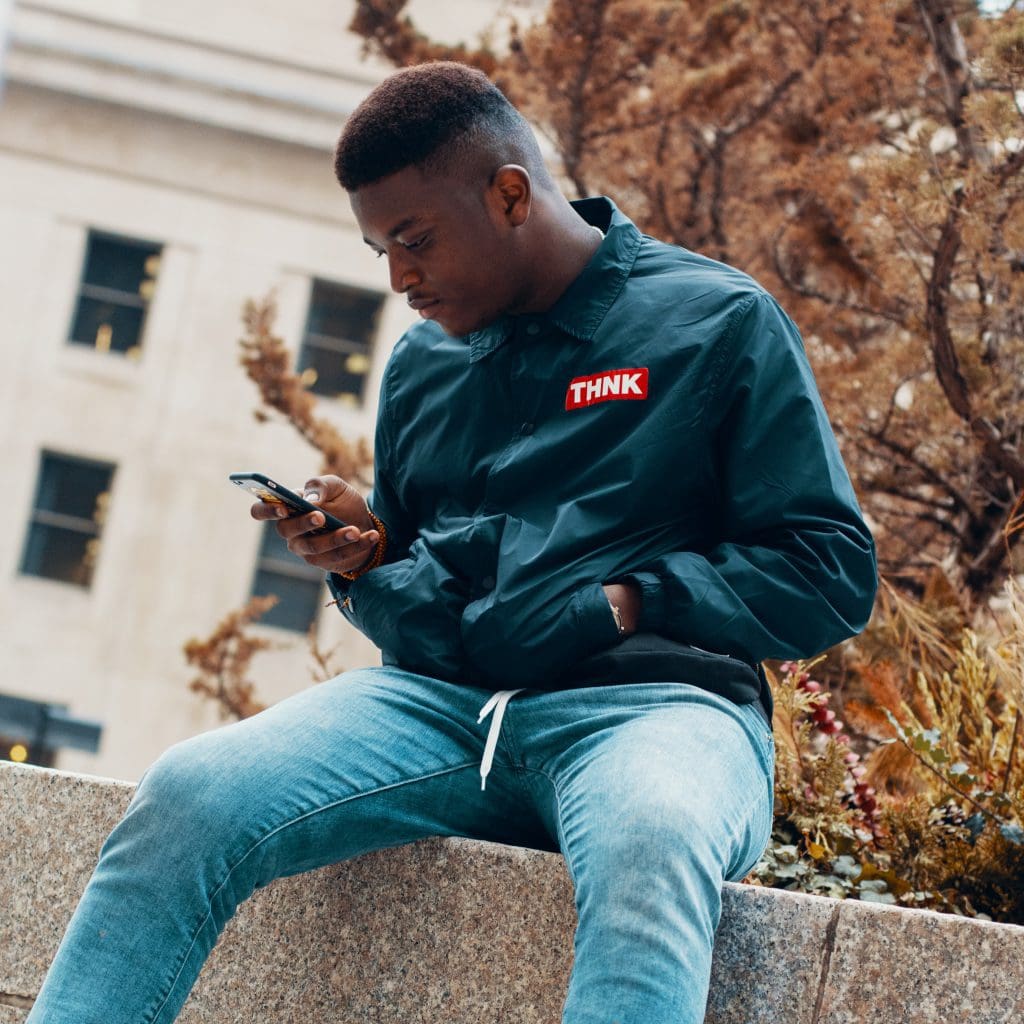
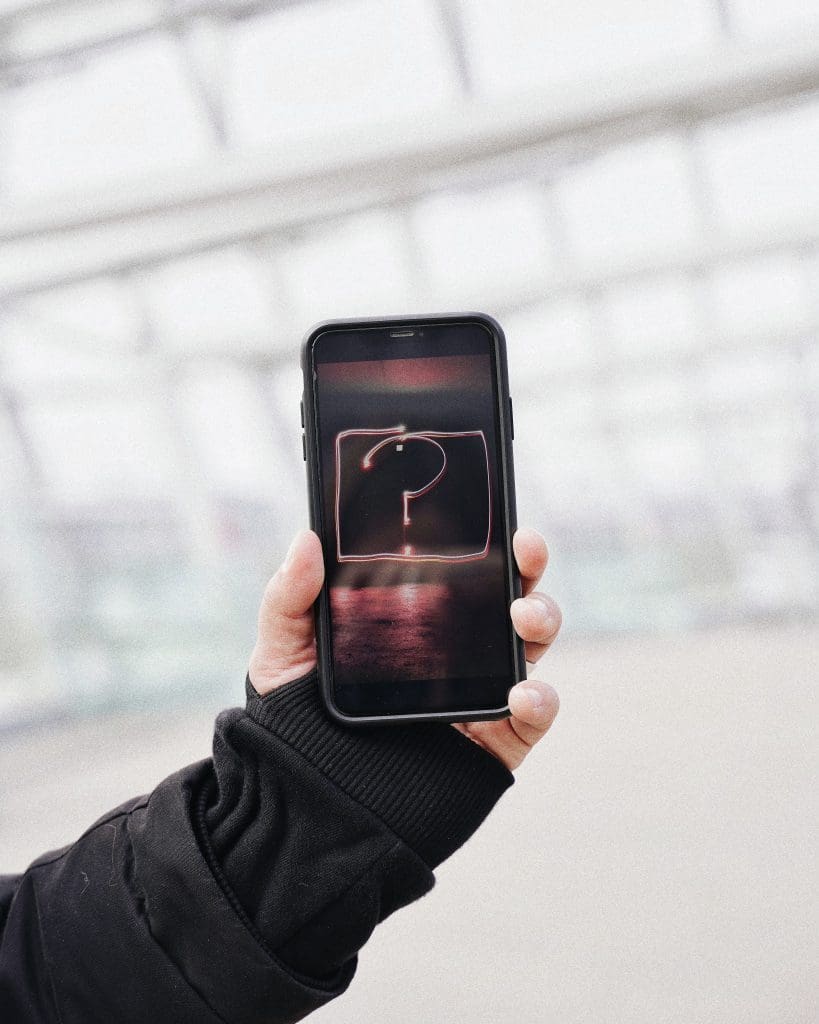

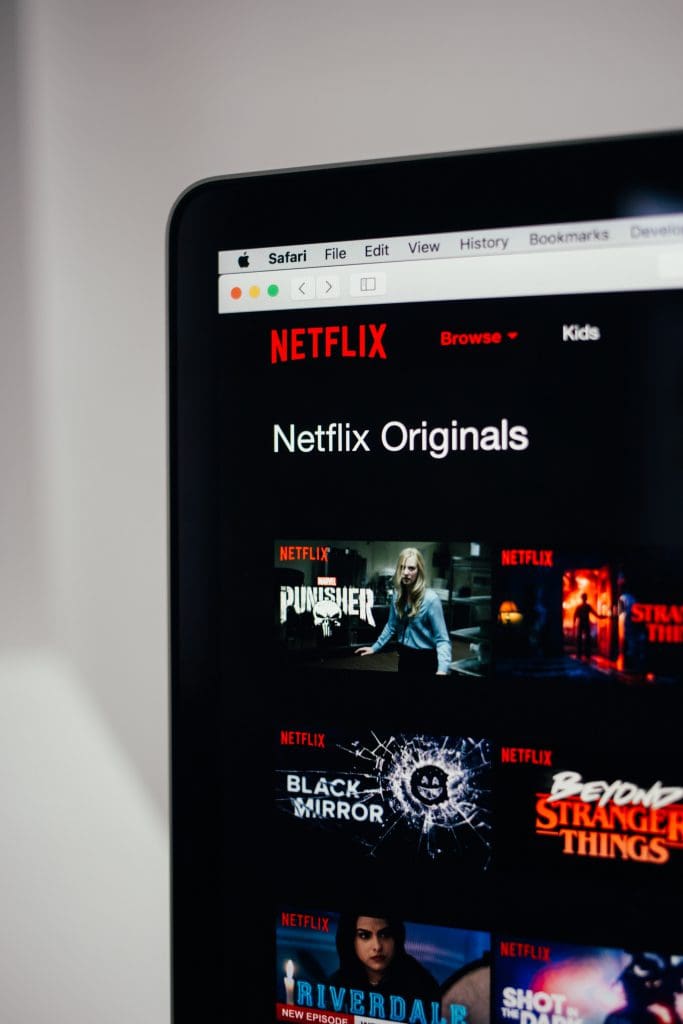
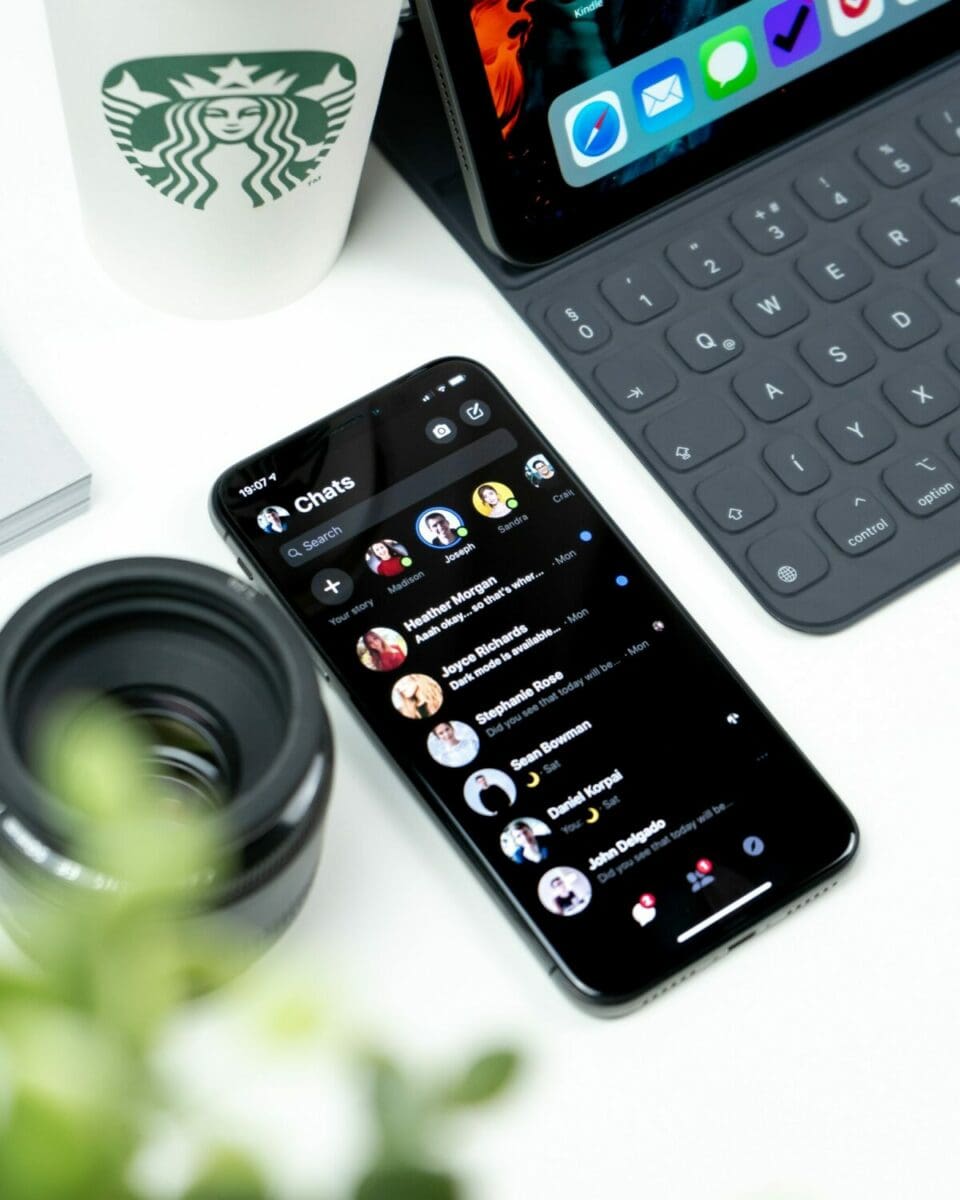




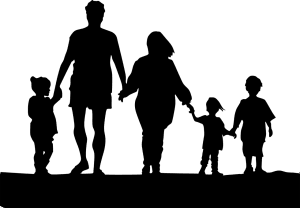





Recent Comments